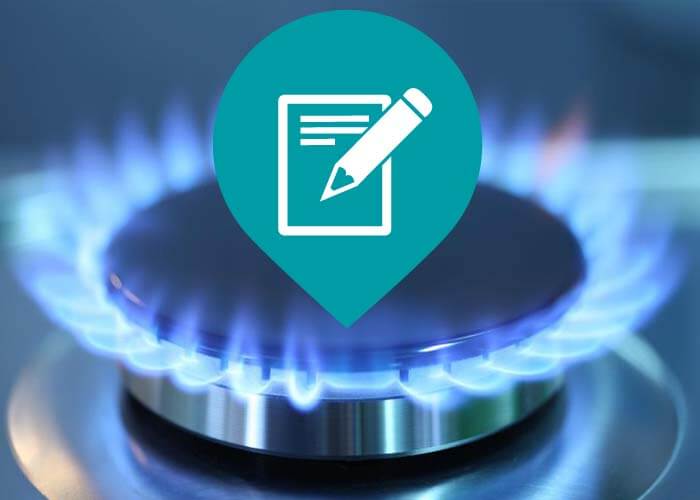
Just how Does the Natural Gas Shipment System Work?
Exactly how Does the Natural Gas Shipment System Job?
Gas streaming from greater to reduce stress is the essential concept of the gas delivery system. The quantity of stress in a pipeline is determined in extra pounds per square inch.
From the well, the natural gas enters into "event" lines, which resemble branches on a tree, obtaining bigger as they obtain closer to the central collection point.
Event Solutions
A celebration system might require several field compressors to relocate the gas to the pipeline or the processing plant. A compressor is a maker driven by an interior burning engine or generator that produces pressure to "press" the gas through the lines. Most compressors in the gas shipment system use a percentage of natural gas from their very own lines as fuel.
Some natural gas gathering systems include a handling facility, which does such functions as getting rid of impurities like water, co2 or sulfur that might corrode a pipe, or inert gases, such as helium, that would minimize the power value of the gas. Processing plants additionally can get rid of small quantities of propane as well as butane. These gases are made use of for chemical feedstocks as well as various other applications.
The Transmission System
From the celebration system, the gas moves into the transmission system, which is typically composed of about 272,000 miles of high-strength steel piper.
These big transmission lines for natural gas can be compared to the country's interstate freeway system for automobiles. They move large quantities of natural gas thousands of miles from the generating regions to local distribution companies (LDCs). The stress of gas in each area of line usually ranges from 200 extra pounds to 1,500 pounds per square inch, relying on the kind of location in which the pipe is running. As a safety measure, pipes are developed as well as constructed to handle much more pressure than is ever before really reached in the system. For instance, pipes in more populated areas operate at less than half of their layout stress level.
Lots of major interstate pipelines are "looped"-- there are two or even more lines running parallel to each other in the same right-of-way. This supplies maximum capacity throughout periods of peak need.
Compressor Stations
Compressor stations lie around every 50 to 60 miles along each pipeline to improve the pressure that is shed through the rubbing of the gas moving with the steel pipe. Lots of compressor terminals are completely automated, so the tools can be begun or stopped from a pipe's main control room. The control room can additionally remotely operate shut-off valves along the transmission system. The operators of the system keep thorough operating information on each compressor terminal, and continuously adjust the mix of engines that are going to take full advantage of effectiveness and security.
Gas moves with the transmission system at as much as 30 miles per hr, so it takes several days for gas from Texas to come to an energy receipt factor in the Northeast. Along the way, there are several interconnections with various other pipelines and other energy systems, which provides system drivers a good deal of adaptability in moving gas.
Linepack
A 50-mile section of 42-inch transmission line operating at around 1,000 extra pounds of stress includes about 200 million cubic feet of gas-- adequate to power a Click for more kitchen range for greater than 2,000 years. The quantity of gas in the pipe is called the "linepack.".
By raising and also decreasing the pressure on any pipe segment, a pipe firm can make use of the sector to save gas throughout periods when there is less need at the end of the pipe. Utilizing linepack by doing this allows pipe drivers to deal with hourly variations sought after extremely efficiently.
Gas pipelines as well as utilities utilize very innovative computer designs of consumer demand for natural gas, which connect daily as well as per hour intake patterns with seasonal and environmental variables. That's why customers can depend on the integrity of gas-- when it's needed, it's there.
Entrance Stations.
When the natural gas in a transmission pipeline reaches a local gas utility, it generally travels through a "gateway terminal." Utilities often have gate terminals obtaining gas at various places and from numerous various pipelines. Gateway stations offer 3 functions. First, they lower the pressure in the line from transmission degrees (200 to 1,500 extra pounds) to distribution degrees, which vary from 1/4 pound to 200 pounds. After that an odorant, the distinctive sour scent connected with natural gas, is added, to make sure that consumers can smell even small quantities of gas. Lastly, eviction terminal gauges the circulation price of the gas to figure out the quantity being obtained by the energy.